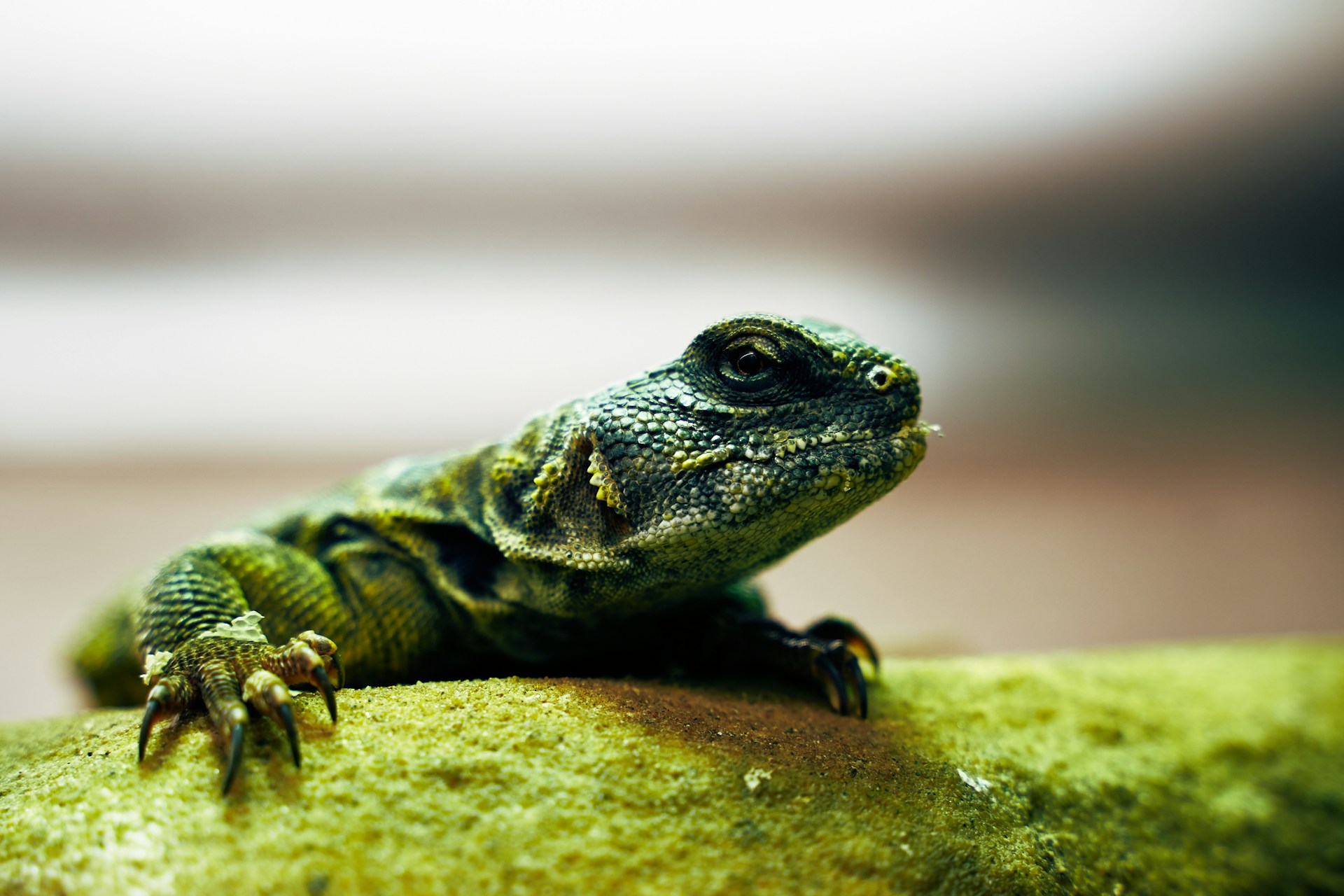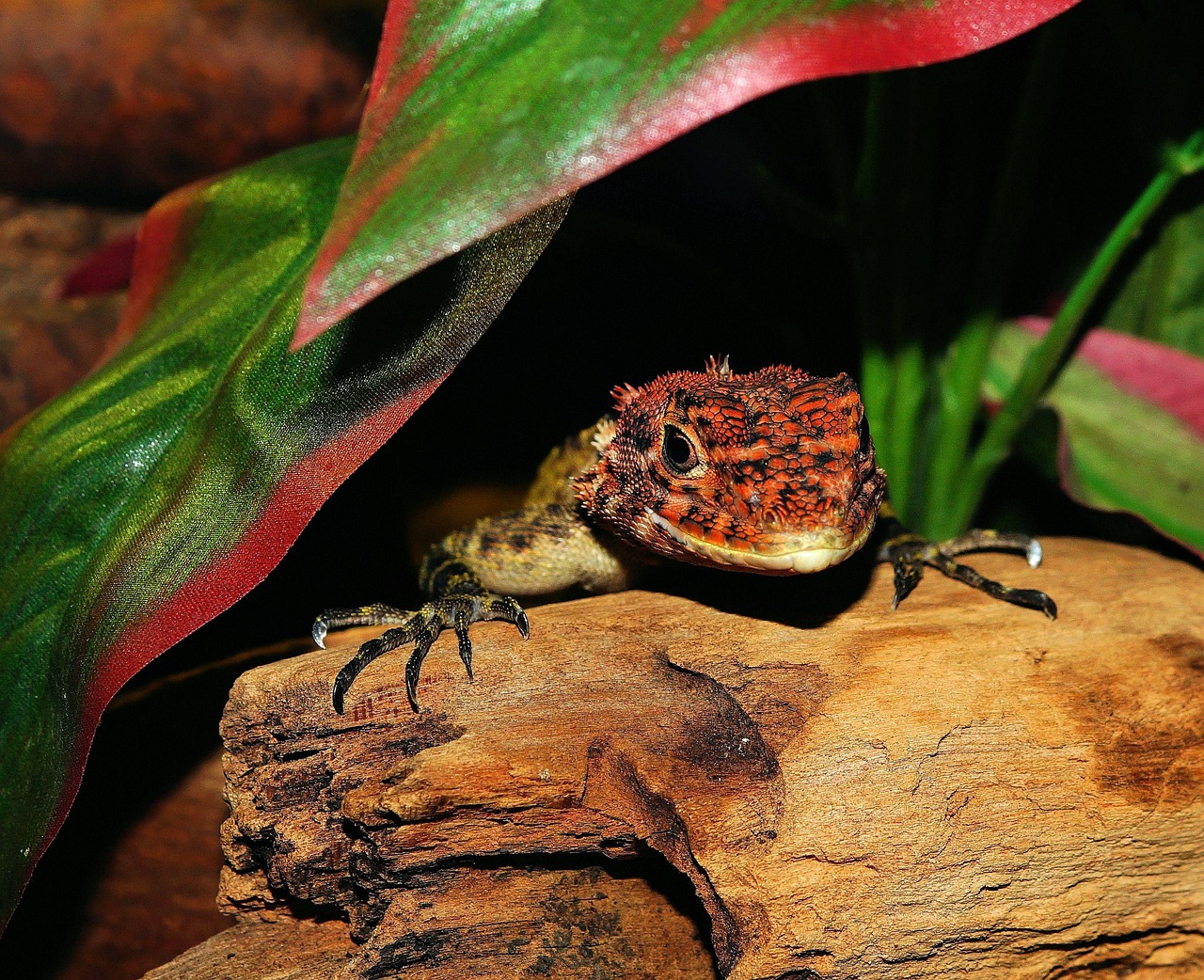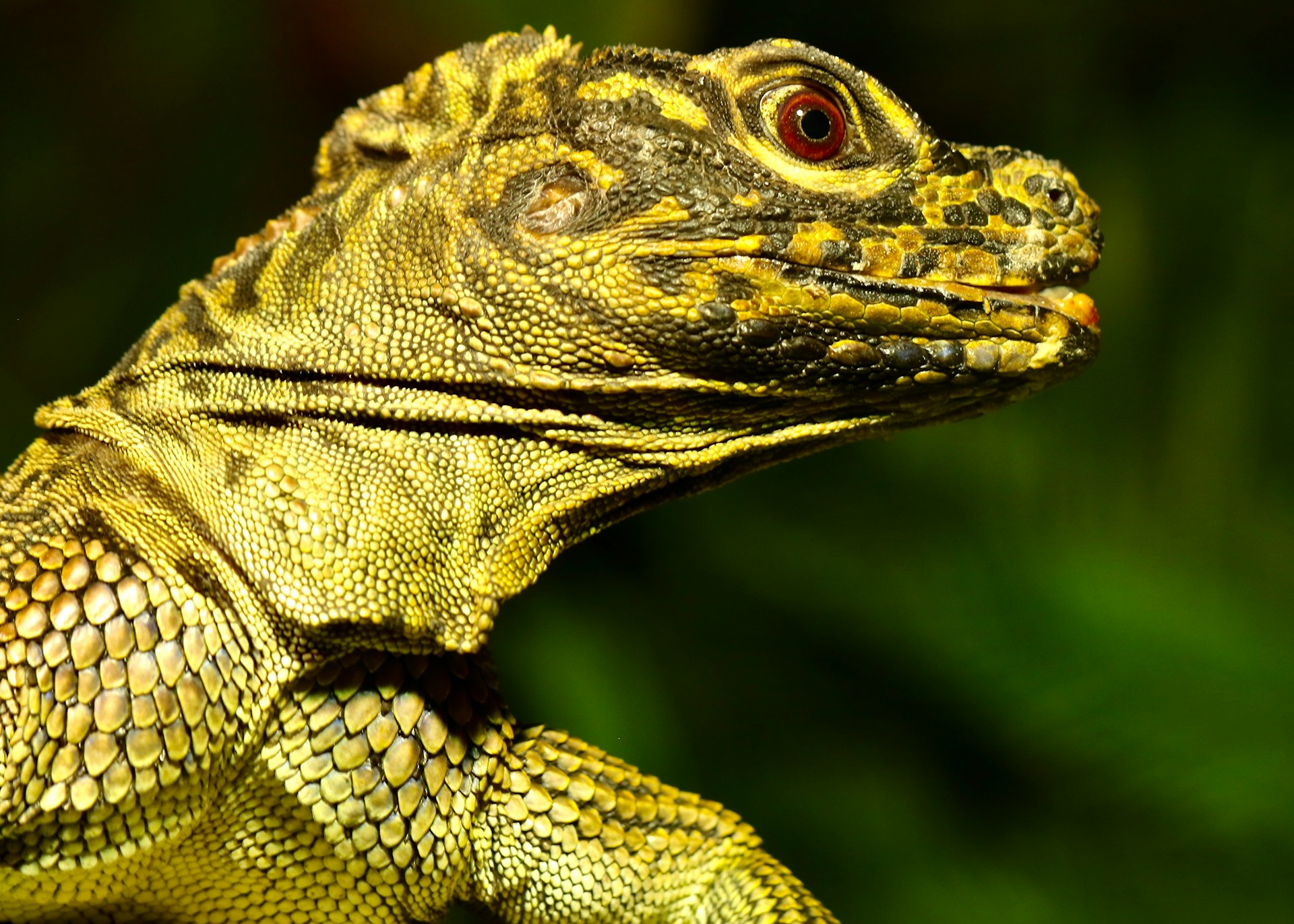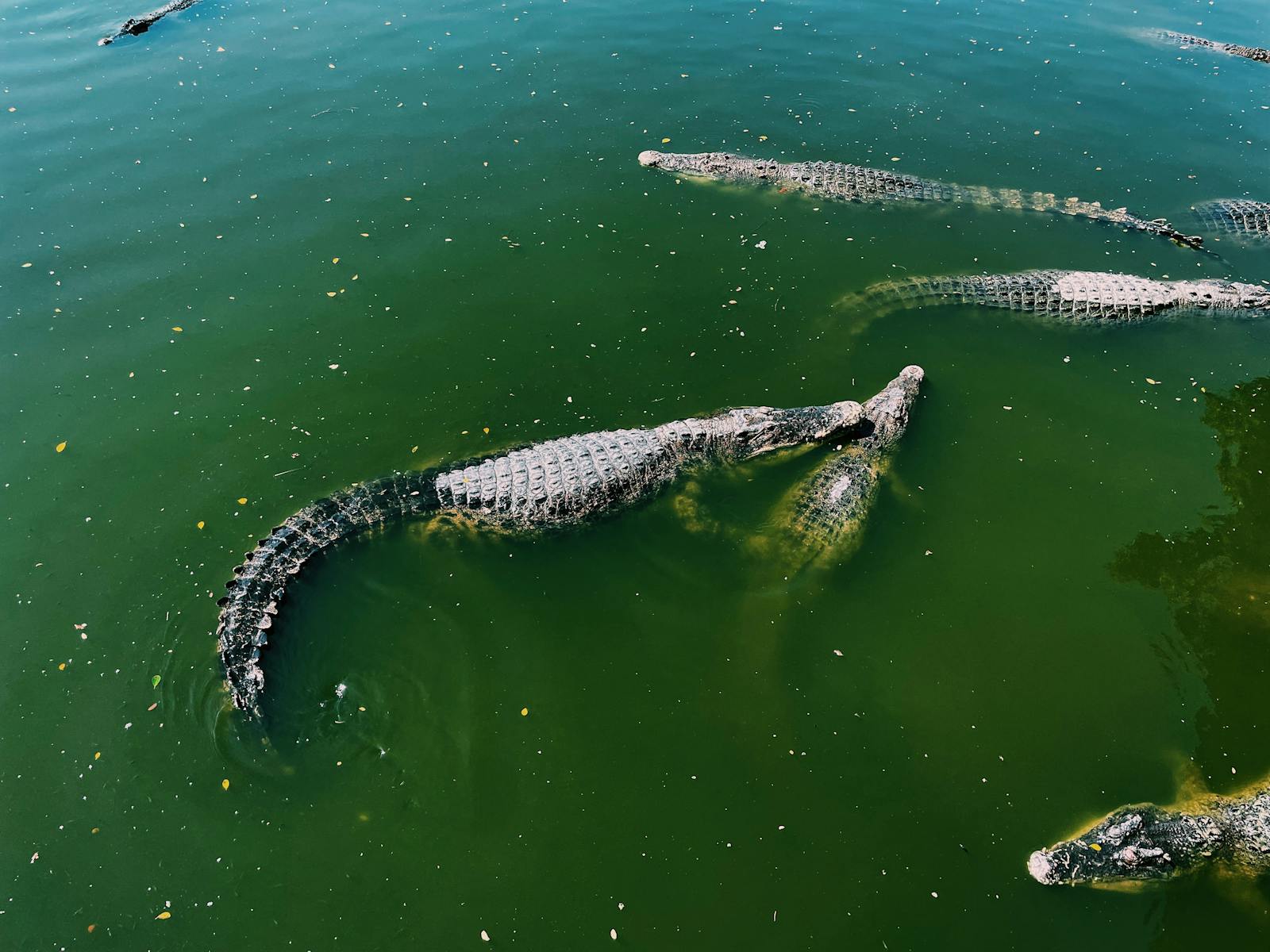In a world where biodiversity faces unprecedented threats, reptiles stand among the most vulnerable yet overlooked vertebrate groups. These ancient creatures—ranging from tiny geckos to massive crocodilians—represent evolutionary lineages dating back hundreds of millions of years, yet nearly one in five reptile species now faces extinction. Modern genetic research offers powerful new tools in the conservation arsenal, allowing scientists to peer deep into reptilian DNA to understand population dynamics, evolutionary history, and adaptation potential. As climate change, habitat destruction, and invasive species reshape our planet, these molecular techniques are revolutionizing how we approach reptile conservation, offering hope for preserving these remarkable animals for future generations. The intersection of cutting-edge genetic technology with reptile conservation represents one of the most promising frontiers in the fight to maintain Earth’s biological heritage.
Understanding Genetic Diversity in Reptile Populations
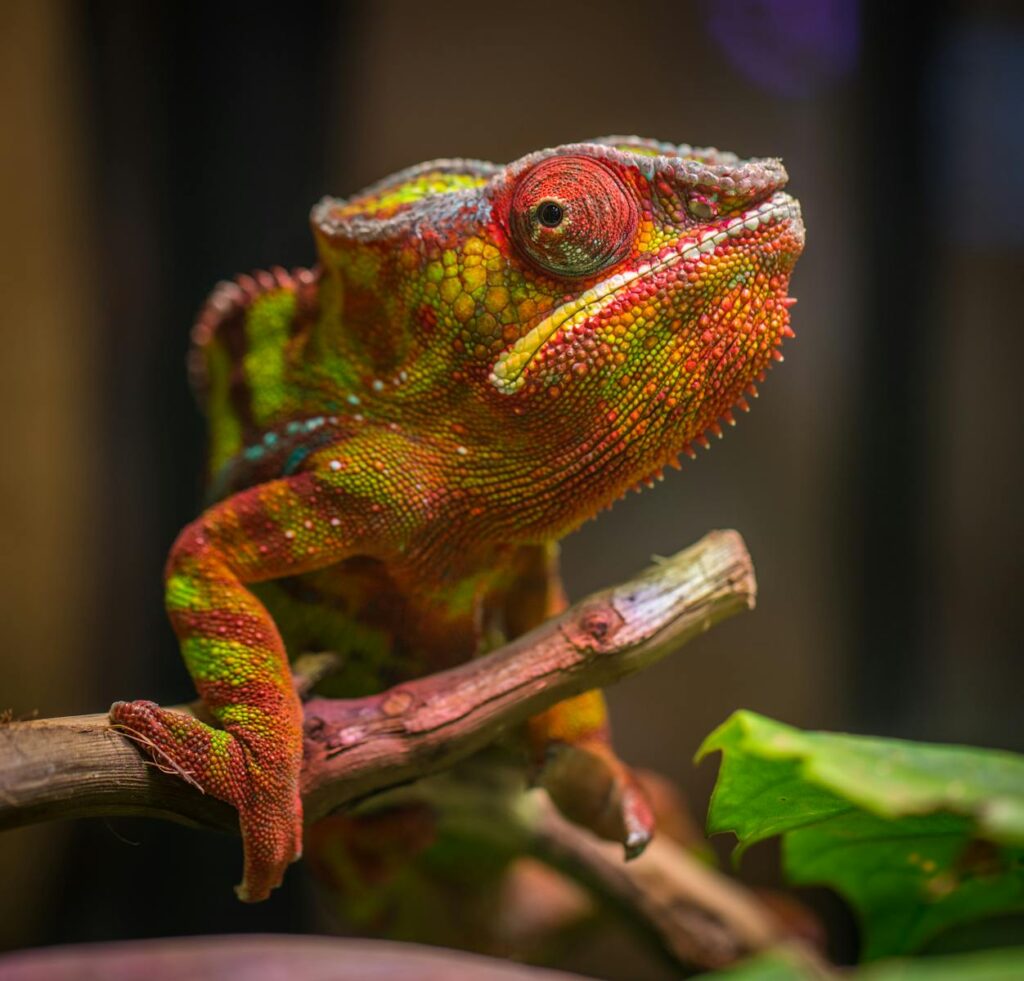
Genetic diversity represents the foundation of species’ resilience and adaptability, serving as the raw material upon which natural selection acts. In reptile populations, genetic research reveals crucial information about historical population sizes, genetic bottlenecks, and the effects of fragmentation on gene flow. Using techniques like microsatellite analysis and genome sequencing, researchers can measure heterozygosity levels—an important indicator of a population’s genetic health and future viability. For example, studies on the Komodo dragon revealed surprisingly low genetic diversity despite its iconic status, highlighting conservation concerns that weren’t apparent through population counts alone. This genetic information allows conservationists to identify populations in need of genetic rescue before outward signs of decline become visible, enabling proactive rather than reactive conservation strategies.
Identifying Cryptic Species and Hidden Diversity
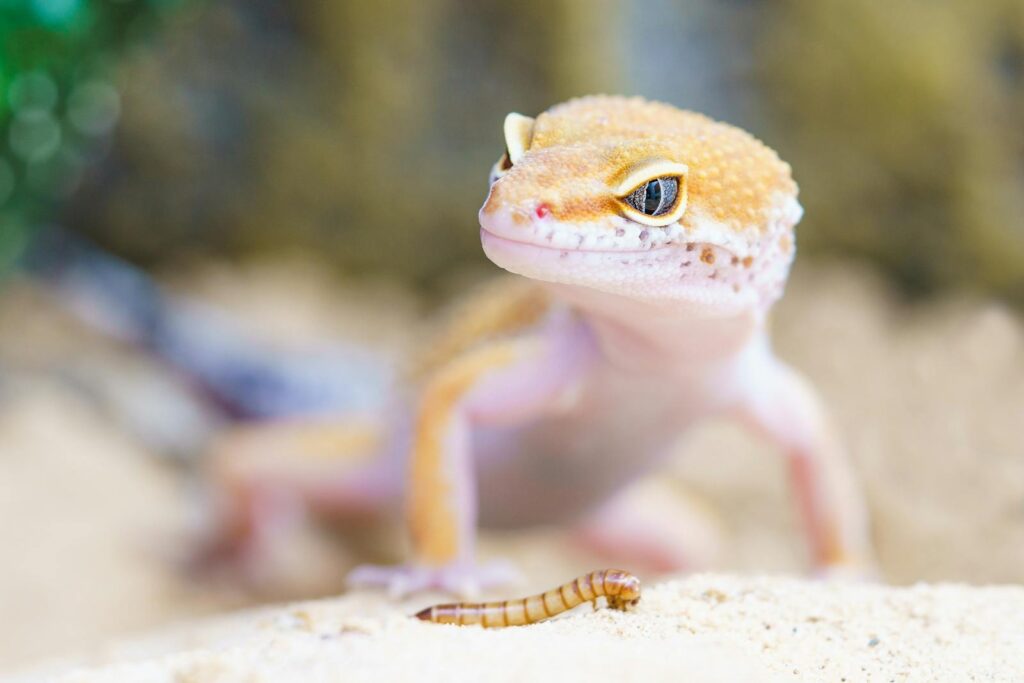
The reptile world harbors remarkable hidden diversity, with many species that appear physically similar actually representing distinct evolutionary lineages deserving separate conservation attention. Genetic techniques have proven revolutionary in uncovering this cryptic diversity, frequently revealing that what was thought to be a single widespread species is actually a complex of multiple species with smaller, more vulnerable ranges. The green anole lizard complex of the Caribbean provides a compelling example, where genetic analysis uncovered numerous distinct species where morphology alone suggested just a handful. Such discoveries fundamentally alter conservation priorities, as what might have been considered a secure, widely-distributed species may actually comprise several endangered, range-restricted species. Without genetic insights, this hidden diversity would remain undetected until potentially lost forever, making molecular techniques indispensable for accurate species inventories and conservation assessments.
Resolving Taxonomic Uncertainties
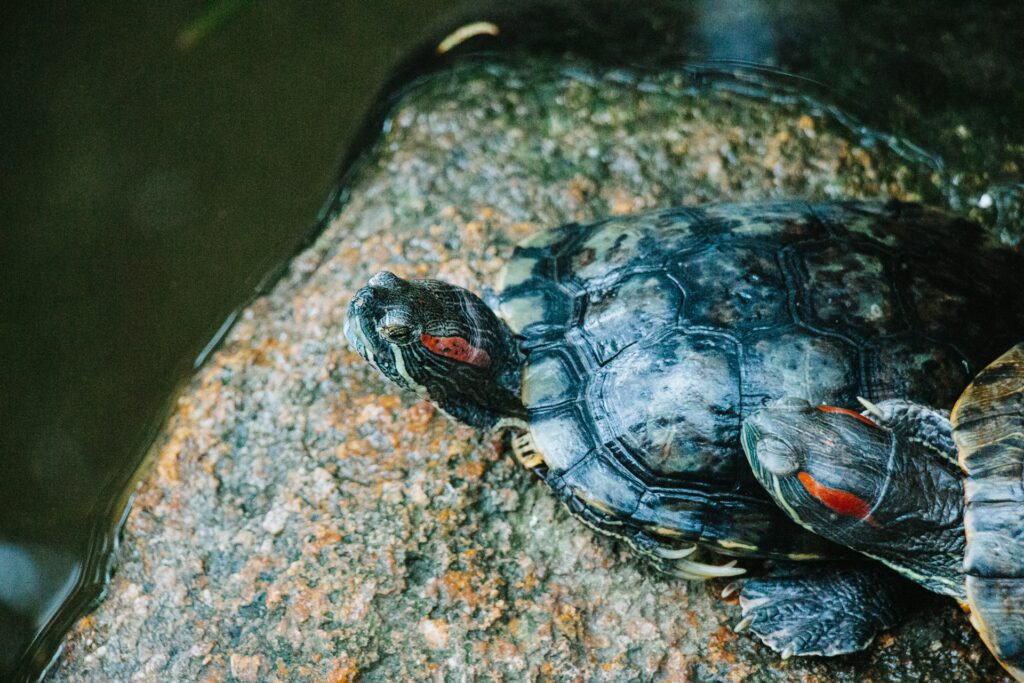
Taxonomic classification provides the fundamental framework for conservation efforts, determining which populations receive legal protection and conservation resources. For reptiles, taxonomic relationships have historically proven challenging to resolve using morphology alone, with convergent evolution and phenotypic plasticity frequently obscuring true evolutionary relationships. Genetic tools now offer unprecedented clarity in resolving these relationships, using multiple genetic markers and increasingly sophisticated phylogenetic analyses to reconstruct evolutionary histories with high confidence. The tortoise genus Testudo exemplifies this benefit, where genetic analysis resolved longstanding taxonomic debates about species boundaries, leading to revised protection strategies for previously unrecognized distinct lineages. These taxonomic revisions based on genetic evidence directly inform IUCN Red List assessments and legal protection under mechanisms like CITES and the Endangered Species Act, creating a more scientifically sound foundation for conservation decision-making.
Tracking Gene Flow and Population Connectivity
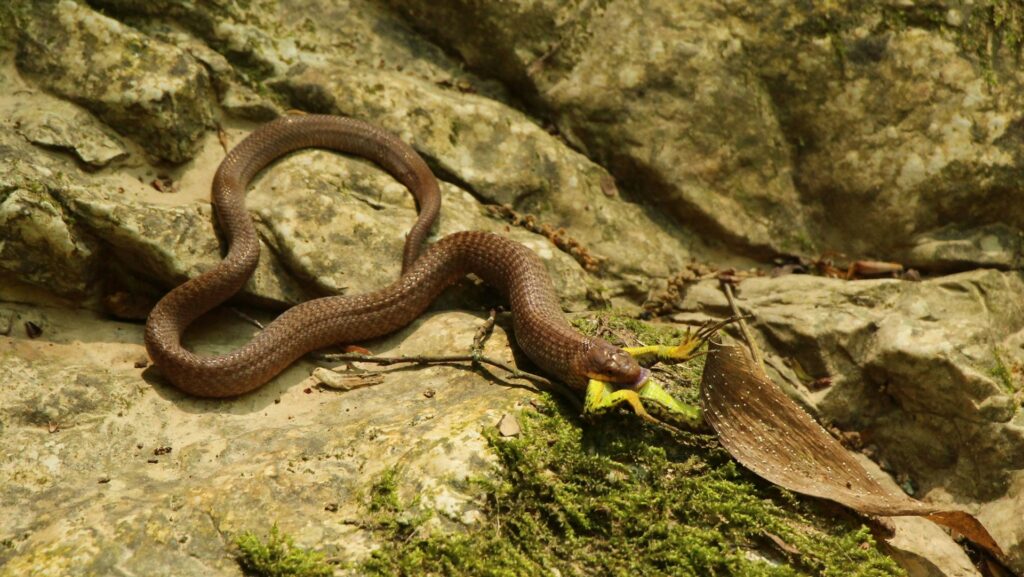
Understanding how reptile populations connect and exchange genetic material across landscapes represents a critical dimension of effective conservation planning. Genetic markers allow researchers to track patterns of gene flow between populations, revealing which habitat corridors remain functional and which populations have become isolated due to habitat fragmentation. For the endangered Eastern indigo snake, genetic analyses revealed surprising long-distance gene flow patterns that weren’t apparent from traditional radio-tracking studies, demonstrating the importance of preserving specific landscape connections. Beyond current connectivity, historical patterns encoded in the genome help scientists understand natural dispersal capabilities and identify areas where connectivity restoration would be most beneficial. This genetic landscape perspective enables conservation planners to design protected area networks that maintain genetic connectivity, preventing the inbreeding depression and loss of adaptive potential that accompanies isolation.
Assessing Genetic Health and Inbreeding
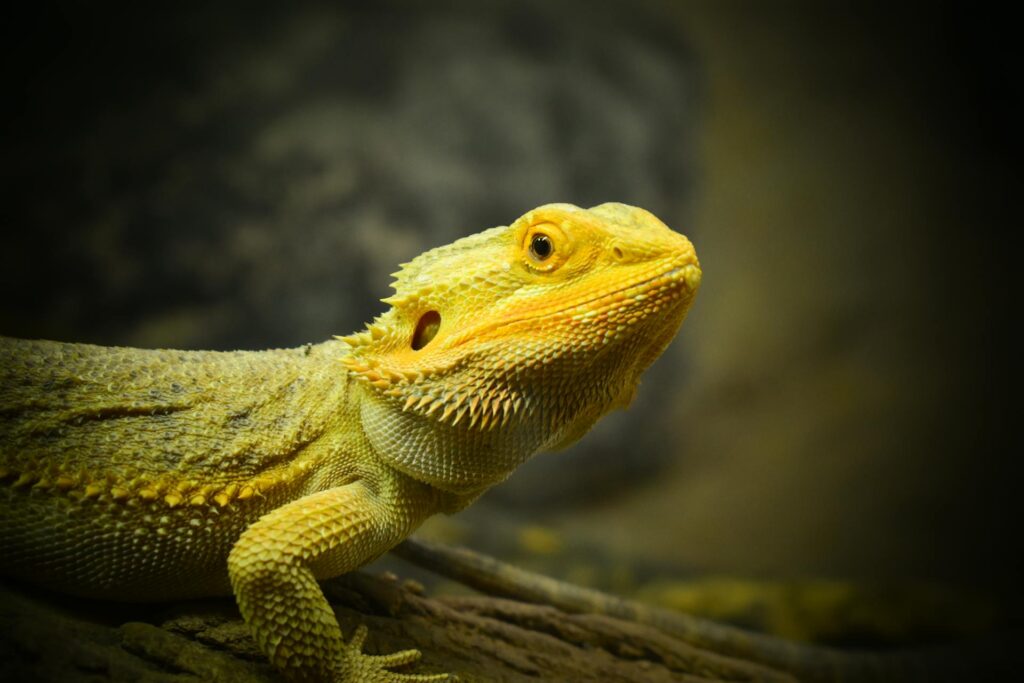
Small, isolated reptile populations face significant genetic risks that can accelerate extinction, including inbreeding depression and the accumulation of harmful mutations. Genetic analysis provides powerful tools to quantify these risks through measures such as inbreeding coefficients, genetic load, and effective population size—metrics that reveal the genetic health of populations beyond what demographic counts alone can show. In the Seychelles giant tortoise, genetic studies revealed concerning levels of inbreeding in remnant populations, prompting carefully designed breeding programs to restore genetic diversity. These genetic assessments help conservation managers prioritize intervention timing, identifying which populations require immediate genetic rescue through translocations or captive breeding before genetic problems become irreversible. Without such genetic monitoring, populations might appear stable based on census numbers while silently accumulating genetic problems that eventually trigger sudden decline.
Designing Effective Breeding Programs
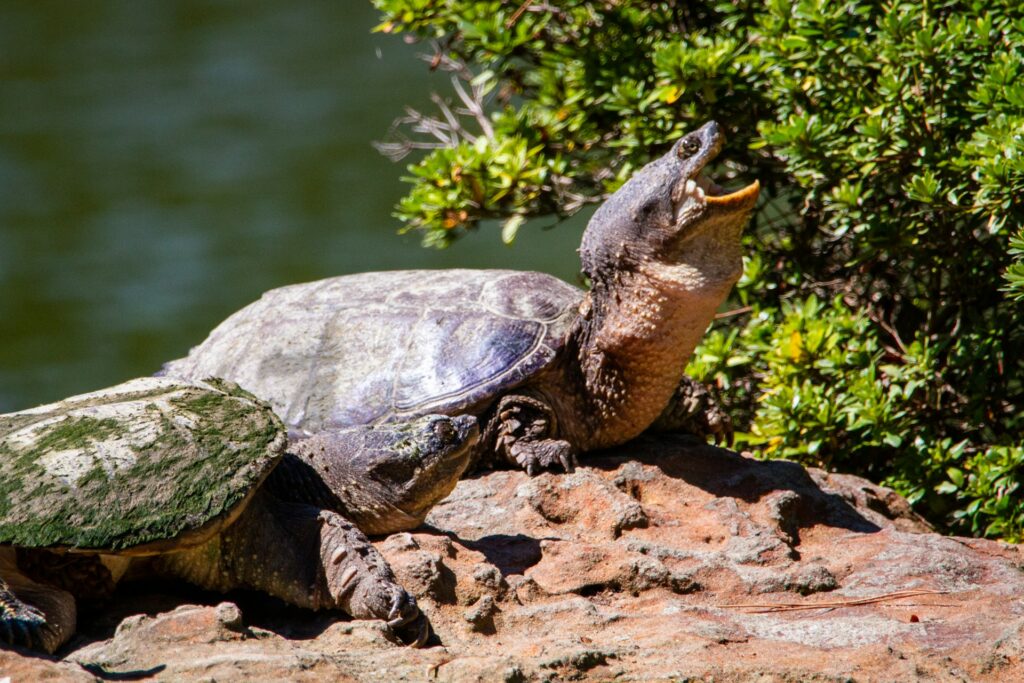
Captive breeding represents a crucial conservation tool for many critically endangered reptiles, serving as insurance populations and sources for reintroduction efforts. Genetic information fundamentally transforms how these programs operate, replacing arbitrary pairings with scientifically informed breeding plans designed to maximize genetic diversity retention and minimize inbreeding. For the Grand Cayman blue iguana, genetic analysis identified optimal breeding pairs that would preserve the maximum amount of wild genetic diversity in the captive population, contributing to one of reptile conservation’s greatest success stories. Modern breeding programs now routinely incorporate pedigree analysis, molecular relatedness measurements, and even genomic selection to maintain adaptive potential while eliminating harmful mutations. These genetically informed approaches dramatically improve the long-term viability of captive populations, producing healthier animals with greater potential for successful reintroduction to the wild.
Investigating Adaptive Potential and Climate Resilience
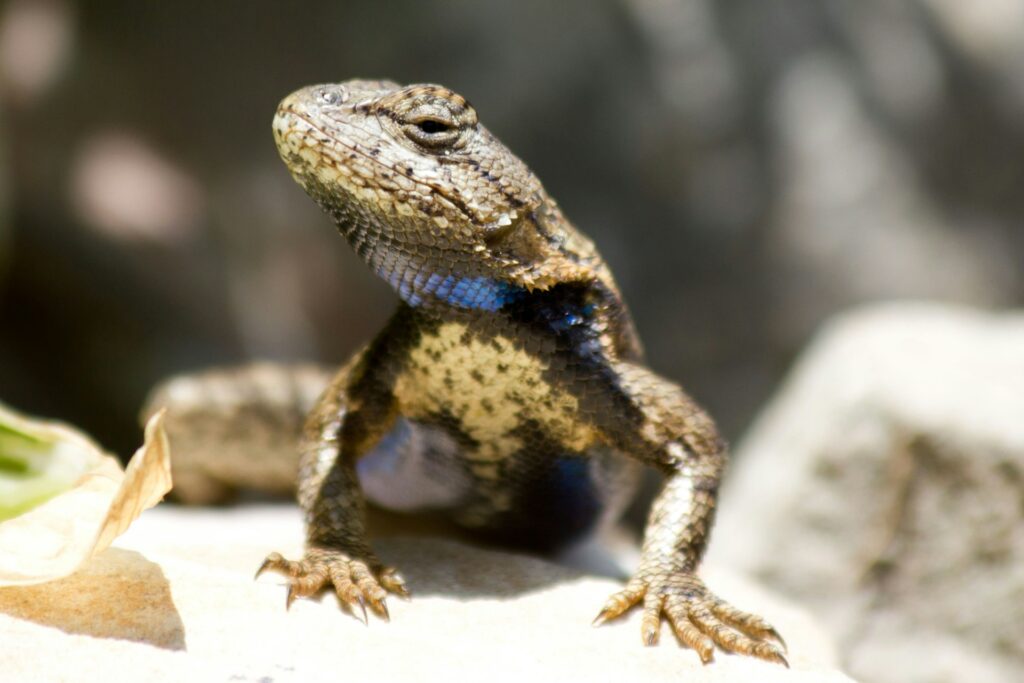
As climate change intensifies, a reptile population’s ability to adapt to changing conditions may determine its survival prospects. Modern genomic approaches allow scientists to identify genes linked to important adaptive traits like temperature tolerance, disease resistance, and reproductive timing—providing crucial insights into evolutionary adaptive potential. Research on Australian lizards has revealed genomic regions associated with heat tolerance, helping predict which populations might naturally withstand warming temperatures and which may require conservation intervention. These adaptive genomic insights help managers make difficult decisions about whether to facilitate gene flow from heat-adapted populations into vulnerable ones through assisted migration or translocation. Beyond prediction, understanding the genetic basis of climate adaptation may eventually enable advanced conservation approaches like genomic-informed breeding to enhance adaptive potential in threatened populations facing rapidly changing environments.
Non-Invasive Genetic Sampling Techniques
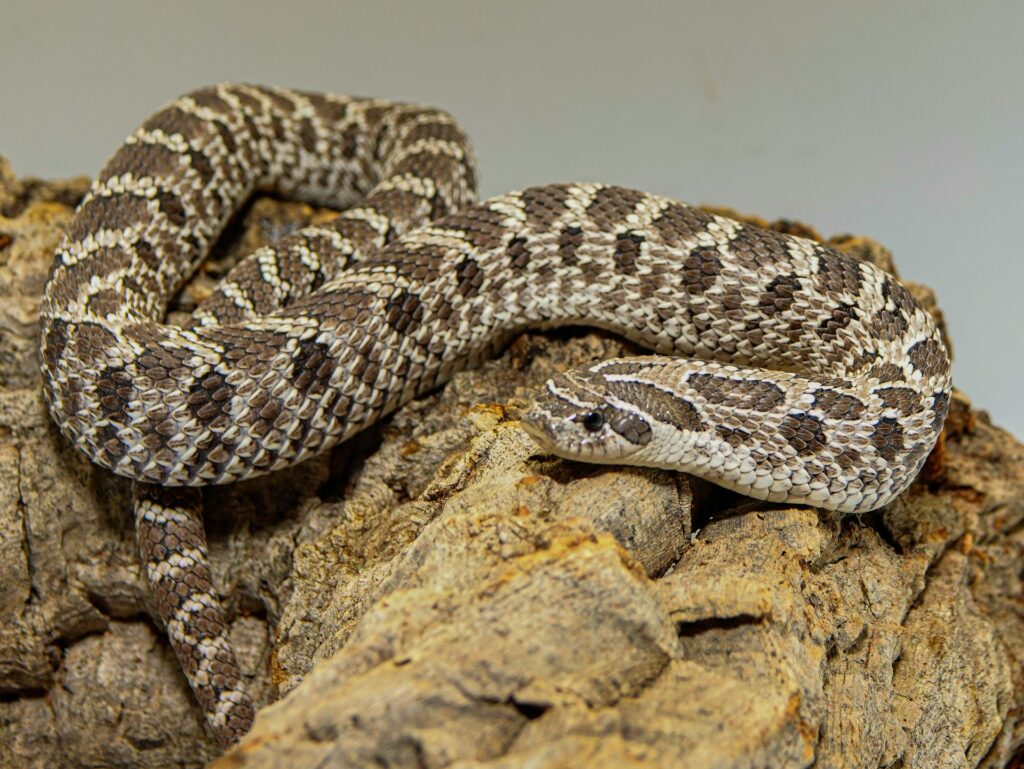
Traditional reptile research often required capturing and potentially stressing animals to collect biological samples, creating ethical concerns and practical limitations. The genetic revolution has transformed this paradigm through non-invasive sampling techniques that can extract DNA from shed skin, feces, environmental DNA (eDNA) in water bodies, or even residual DNA on surfaces reptiles have contacted. For the critically endangered gharial crocodile, researchers successfully obtained population genetic data from environmental DNA in river water, eliminating the need to capture these sensitive animals. These approaches enable genetic monitoring of extremely rare, elusive, or sensitive reptile species that would be impractical or unethical to sample using traditional methods. Non-invasive genetic sampling has particularly revolutionized research on venomous reptiles, allowing genetic studies without the risks associated with handling dangerous species, while simultaneously expanding the scale of genetic monitoring possible with limited conservation resources.
Combating Illegal Wildlife Trade
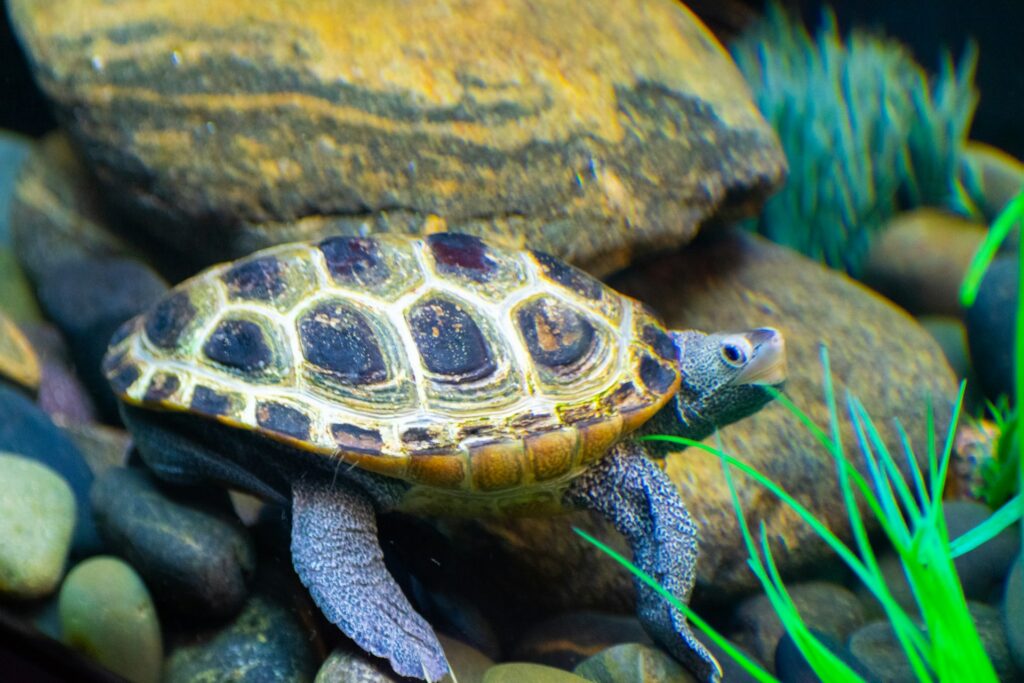
Illegal wildlife trafficking represents one of the greatest threats to many reptile species, with collectors targeting rare species for the exotic pet trade and traditional medicine markets. Genetic forensic techniques offer powerful tools for combating this illicit trade by providing courts with scientific evidence linking confiscated specimens to source populations or proving the endangered status of trafficked animals. DNA barcoding now allows enforcement officers to rapidly identify reptile parts even when deliberately disguised, such as when python skins are mislabeled as legal leather products. For the heavily trafficked radiated tortoise, genetic assignment tests can determine the specific region of Madagascar from which poached animals originated, helping authorities target anti-poaching efforts more effectively. These forensic applications extend to monitoring legal trade as well, ensuring that reptiles sold as captive-bred are not actually wild-caught animals being laundered through breeding facilities—a widespread problem requiring genetic verification.
Analyzing Historical Population Trends
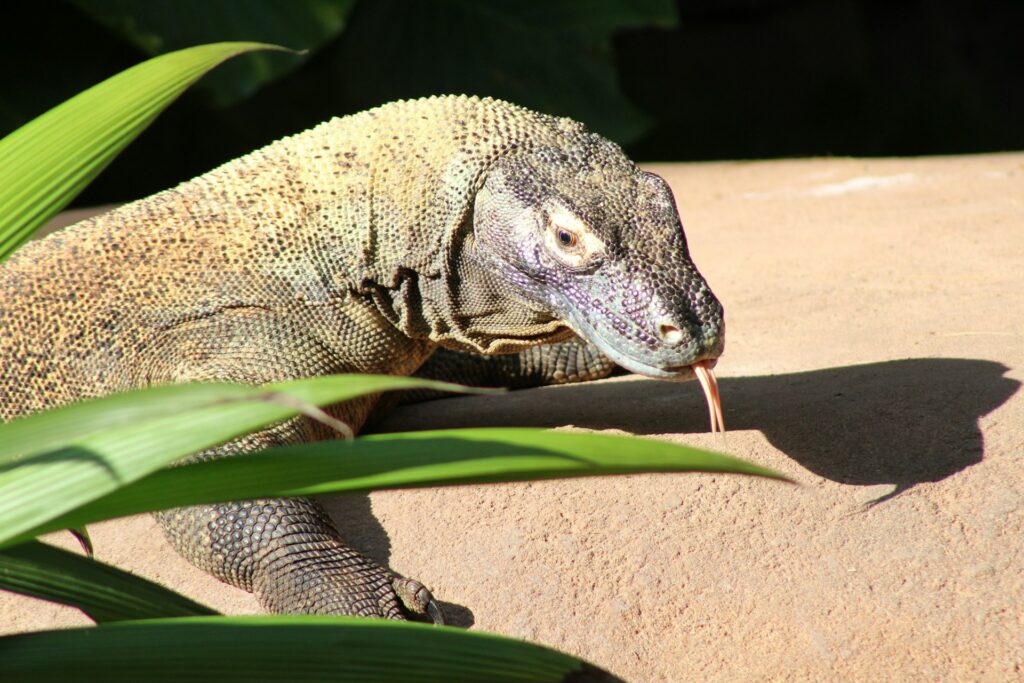
Understanding a reptile species’ historical population trajectory provides crucial context for interpreting its current conservation status and establishing appropriate recovery targets. Genetic techniques offer unique windows into the past through approaches like demographic reconstruction, which analyzes patterns in the genome to infer historical population expansions, contractions, and bottlenecks over thousands of years. For the Galápagos giant tortoise, genetic studies revealed that some populations had maintained stable sizes for millennia before human arrival, but subsequently experienced severe genetic bottlenecks coinciding with human exploitation—information impossible to obtain from historical records alone. Museum specimens provide another valuable genetic resource, allowing researchers to extract ancient DNA from preserved specimens collected decades or centuries ago to directly measure how genetic diversity has changed over time. These historical insights help set realistic conservation goals by distinguishing between natural population fluctuations and human-caused declines requiring intervention.
Conservation Genomics and Next-Generation Sequencing
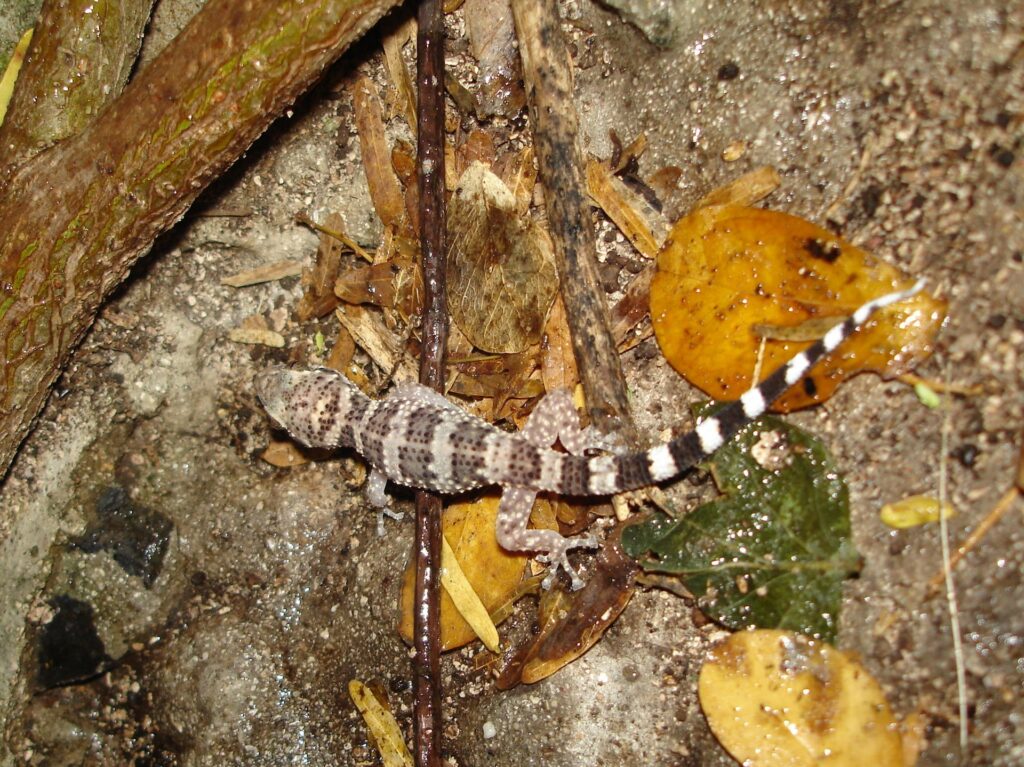
The advent of next-generation sequencing technologies has transformed reptile conservation by making genome-wide data accessible for non-model organisms, including endangered reptiles previously studied with just a handful of genetic markers. These advanced genomic approaches provide unprecedented resolution for all genetic applications, from more accurate species delimitation to precise measurement of inbreeding and identification of genes under selection. For the tuatara, the only surviving member of an ancient reptile lineage, whole-genome sequencing revealed unusual genomic features related to longevity and temperature-dependent sex determination that inform its conservation management under climate change. Conservation genomics also enables the identification of specific genetic variants causing harmful recessive conditions in inbred populations, allowing targeted breeding strategies to eliminate these variants from captive populations. As sequencing costs continue to decline, whole-genome approaches are becoming standard practice in reptile conservation, offering insights at a scale unimaginable just a decade ago.
Challenges and Limitations in Reptile Genetic Conservation
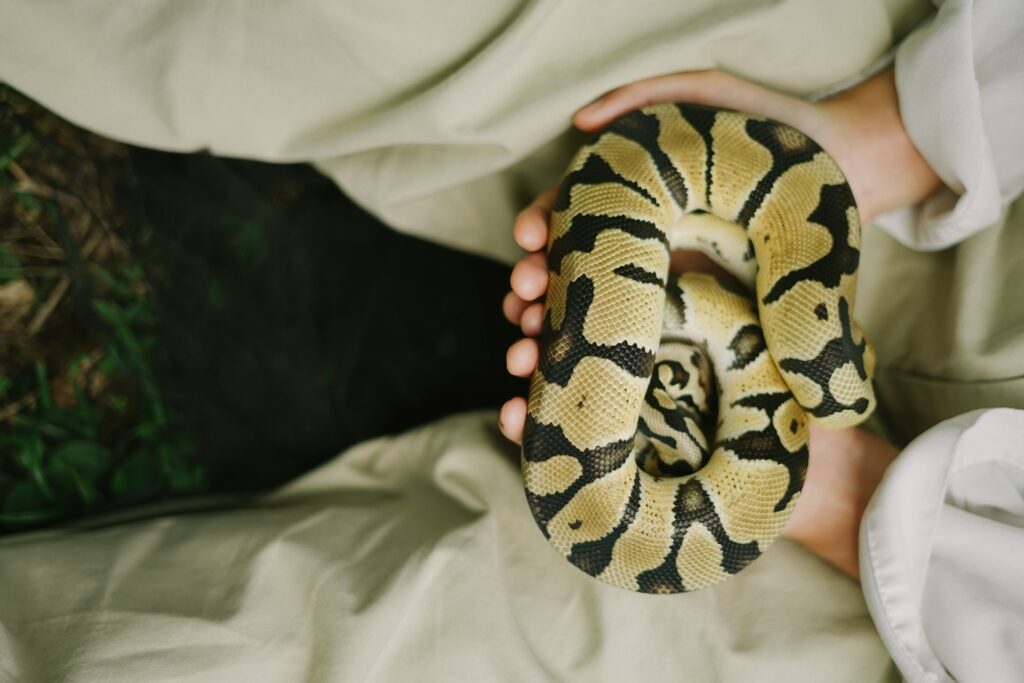
Despite its tremendous potential, applying genetic research to reptile conservation faces significant challenges that must be acknowledged and addressed. Many threatened reptile species occur in biodiversity-rich but resource-poor regions where access to advanced genetic laboratory facilities remains limited, creating inequities in which species benefit from genetic approaches. Reptile genomes often present technical challenges that complicate analysis, including large genome sizes, high repetitive content, and complex sex determination systems that require specialized expertise to interpret correctly. Sample preservation poses another hurdle, as reptile tissue samples must often be collected in remote tropical environments where maintaining the cold chain needed for DNA preservation proves logistically difficult. Perhaps most significantly, translating genetic findings into actual conservation actions requires bridging disciplinary boundaries between geneticists and wildlife managers who may speak different scientific languages and prioritize different types of evidence in decision-making. Addressing these challenges requires collaborative approaches that build capacity in range countries and develop practical frameworks for integrating genetic insights into conservation planning.
Future Directions in Reptile Conservation Genetics
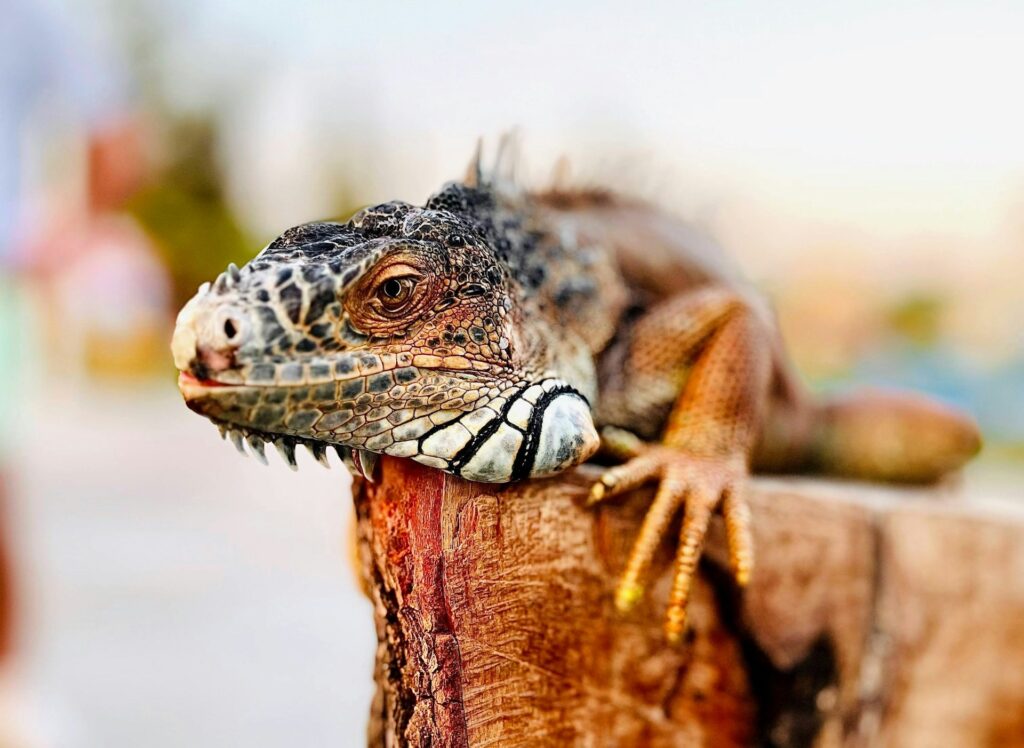
The frontier of reptile conservation genetics continues to advance rapidly, with emerging technologies promising to further revolutionize how we understand and protect these species. CRISPR gene editing technologies, while controversial, offer potential applications in extreme conservation scenarios, such as potentially increasing disease resistance in reptile populations threatened by emerging pathogens like snake fungal disease. Portable sequencing devices like the Oxford Nanopore MinION now enable real-time genetic analysis in the field, allowing immediate species identification and population assignment without transporting samples to distant laboratories. Environmental DNA monitoring is expanding to terrestrial environments, potentially allowing detection of rare reptile species from soil samples or even air particles without directly observing the animals. Looking further ahead, de-extinction technologies being developed for birds and mammals could eventually apply to recently extinct reptile species where museum specimens provide recoverable DNA, though ethical questions around such approaches remain complex. As these technologies mature, the integration of genetic information with other data types through artificial intelligence approaches will likely enable more holistic and effective conservation strategies for the world’s threatened reptile species.
Conclusion
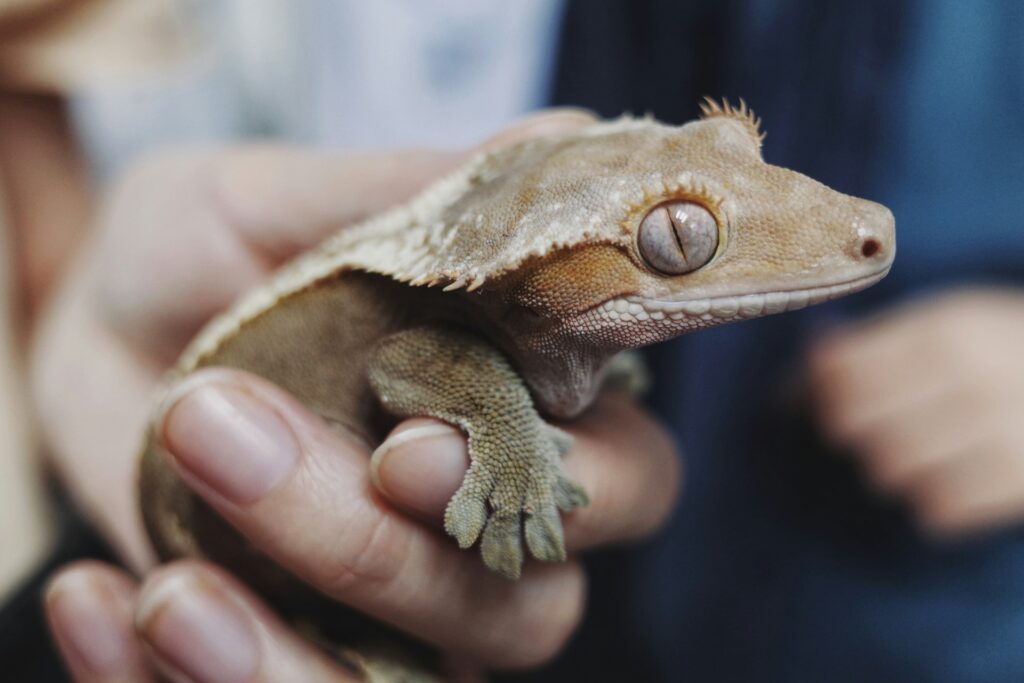
Genetic research has fundamentally transformed reptile conservation, providing unprecedented insights into these ancient and diverse animals that inform every aspect of their protection. From revealing hidden species diversity to guiding breeding programs and combating wildlife trafficking, molecular tools have become indispensable in the conservation toolkit. As genomic technologies continue to advance, becoming more accessible and powerful, their integration into standard conservation practice offers hope for preserving reptilian biodiversity in the face of mounting threats. The future of reptile conservation will increasingly depend on our ability to read, interpret, and ultimately protect the genetic legacy encoded in these remarkable animals—a legacy representing hundreds of millions of years of evolution that, once lost, can never be recovered. Through continued innovation and collaboration across disciplines, genetic approaches will remain at the forefront of efforts to ensure these fascinating creatures survive to inspire future generations.

